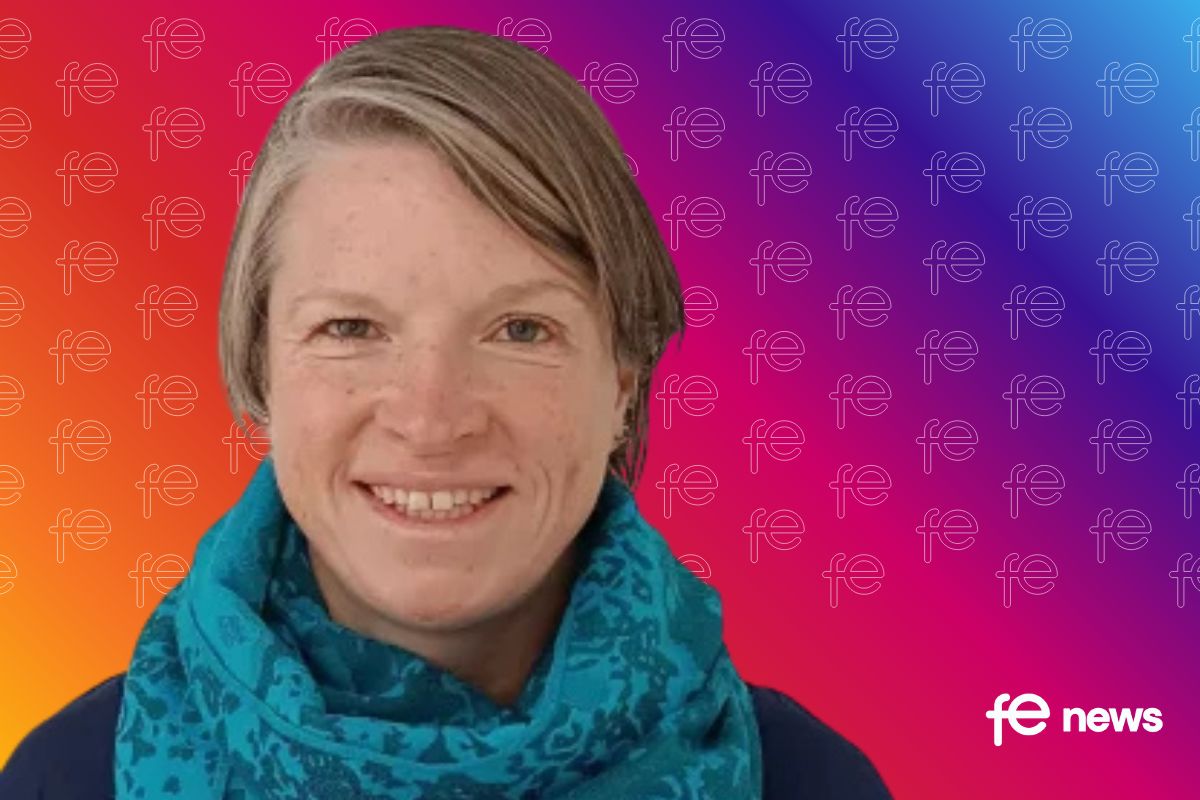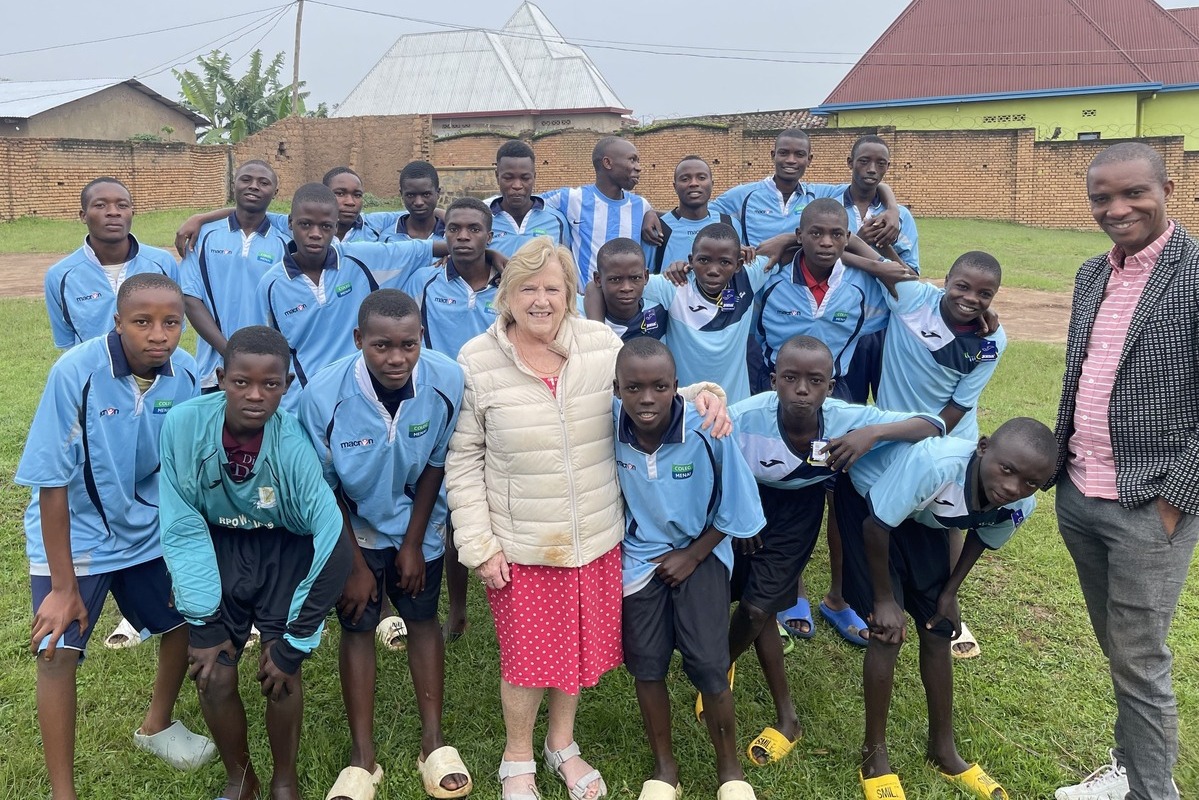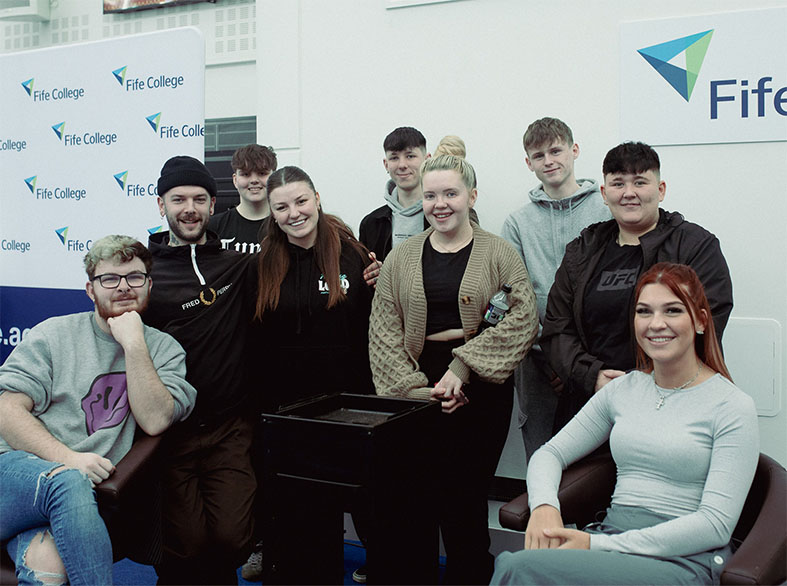Why are there only two options when students with SEND go to college?

When students with Special Educational Needs or Disabilities (SEND) leave school they often face a daunting choice.
Should they continue their studies at their local general further education (GFE) college? If they do, they will have a huge number of courses to choose from, like A levels and vocational qualifications, as well as programmes that will help them to develop their personal independence as young adults. They can also gain from being in a large, vibrant student community, often in a town centre location.
Or, on the other hand, should they go to a college that specialises in learning for students with SEND? If they do, then they may benefit from the specialist skills and knowledge of staff, while also gaining the benefits of a smaller learning environment.
Why should this be a binary choice?
For many students and their families this is a tough decision to take, which raises the question: why should this be a binary choice? Young people don’t fall into two separate categories – so why should their options?
To try to create a richer spectrum of options, a year long partnership project was launched in 2021 by AoC and Natspec, the membership body for specialist colleges, with additional funding from the Education and Training Foundation.
Altogether 26 colleges formed 13 partnerships and explored a range of different ways of working together. Now Natspec have published this inspiring report that summarises what we learnt. Having made their plans during the project, colleges are now putting them into practice in amazingly diverse ways.
The Sheiling College will provide a wider range of qualifications, offering greater stretch and challenge, as a result of partnering with Bournemouth and Poole College. Meanwhile students from both colleges will undertake green woodworking together at Sheiling’s forest school.
Newcastle and Staffordshire Colleges Group will offer learning to staff at Newfriars College, while other specialist colleges offer their GFE partners expertise in personalisation, RARPA (recognising and recording progress and achievement), and ways to support students with autism spectrum conditions.
And several colleges will explore dual placements, initially as part of transition from a specialist college to a general FE college, but with a view to longer term dual placements in the future.
What do these partnerships show?
These partnerships show what possibilities there are when two very different institutions pool their talents to serve their students. But to achieve these benefits, colleges often felt that they were swimming against the tide of a SEND system that views each student as being ‘placed’ in a single ‘placement’. So the report makes a number of recommendations, for instance that careers advice and local authorities’ ‘local offers’ should help students and families to consider partnership options; while High Needs funding rules should make it easier to fund partnership working.
Following on from the SEND green paper there may well be reforms to the ways that local authorities commission and fund college provision for young people with SEND. So this is the ideal time to make some changes, not just to regulations but to attitudes. These partnerships show what is possible if we design provision around students. They point the way to a future in which we can reshape the SEND landscape so there are not just two options – but as many options as individuals need.












Responses